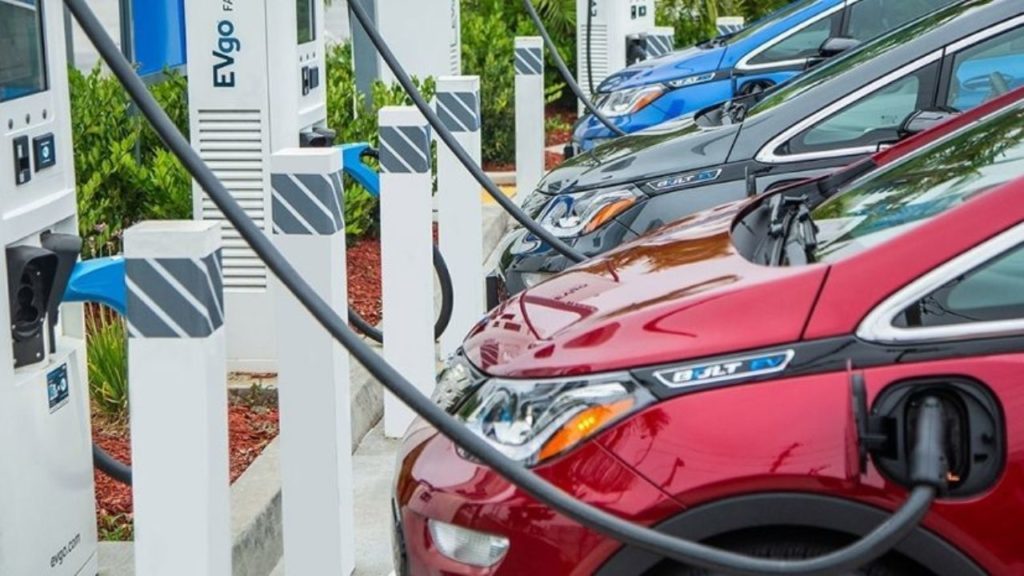Electric Cars, Scooters Can Seamlessly Swap Batteries By Mid-2023: Govt’s Big Push For E-Mobility

Senior government officials have said that electric vehicles will be able to swap depleted batteries with charged ones by the middle of next year.
Contents
Policy
A battery swapping policy was announced in the Union Budget 2022-23.
It is being prepared by NITI Aayog and will be in place by the end of this year.
The officials expect it to take effect and for the entire ecosystem to start flourishing by mid-next year.
Goals
The government is looking to expedite the adoption of EVs and has set a target for electrifying all new vehicles by 2030.
The pace of adoption of EVs, especially two-wheelers, has seen a steep rise.
Sudhendu Jyoti Sinha, adviser (Infrastructure Connectivity—Transport and Electric Mobility), NITI Aayog said that last year it had supported 35,000 two-wheeler electric vehicles out of the target of 10 lakh vehicles.
This number rose to 2.30 lakh vehicles in 8-9 months and is expected to reach 7-8 lakh in another 8 months.
Availability
Initially, battery swapping facilities will be available within city limits only.
It will later expand to one swapping station after every 50 km on the highway.
Aside from customer convenience, the move is also expected to reduce the upfront cost of EVs.
Affordability
The battery is the costliest component in an EV. So, if an EV costs Rs 15 lakh, the cost of the battery is approximately Rs 6 lakh.
If that amount is removed, then the EV’s cost comes down to around Rs 9 lakh.
This affordability comes due to not having to buy a battery.
It can simply be leased and swapped at battery swapping stations.
Policy Considerations
The swapping policy being drafted will answer questions like who can operate a swapping station, where these stations will be set up, and the cost of swapping batteries and charging.
Sinha said that the main idea is affordability and that they will determine the pricing in a couple of months after discussing it with stakeholders.
The policy will also explore financial incentives and models for those setting up swapping stations.
Working Of The Stations
Coming to the question of how the stations will work, an official said that the stations could be like an alcove kept at a convenient point, with specific rectangular spaces, where batteries are kept with infrastructure to charge them.
The moment a vehicle enters, the battery will be taken out and a charged one will be put inside.
If swapping booths can be set up in existing filling stations, many more customers will take to it since they are accustomed to petrol fill stations.
The government also expects private investments for setting up battery swapping stations.
Waste Management
NITI Aayog is also looking into what happens to the batteries when they die.
Proper battery waste management rules will be required or else there will be a problem with sustainability the way plastic has done.
The Bureau of Indian Standards (BIS) meanwhile is preparing the standard for battery swapping.
Battery Size
An important aspect is the size of the batteries.
They cannot be too heavy since the customer should be able to lift the depleted battery from the vehicle and put the charged one back in.
Therefore it should not exceed 10 kg so that people of any age can lift it.

Comments are closed, but trackbacks and pingbacks are open.